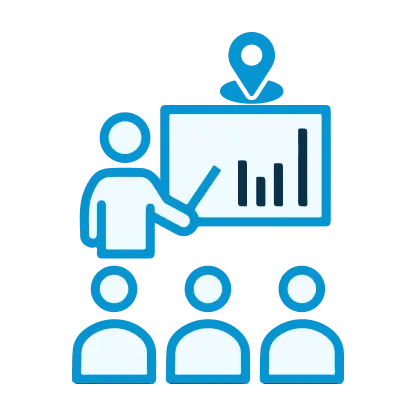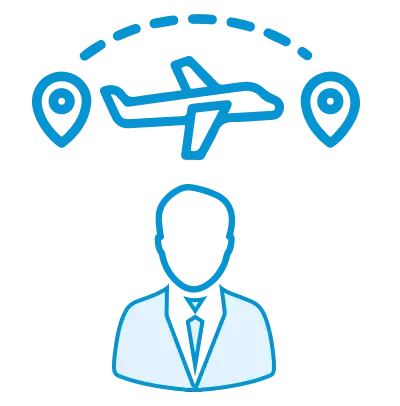We're open through the holidays to support your upskilling goals — Which training do you want to book?
We're open through the holidays to support your upskilling goals — Which training do you want to book?
Unable to find what you're searching for?
We're here to help you find itChange Technology



Vibe Coding is an emerging concept in software development that emphasizes real-time collaboration, emotional intelligence, and developer experience. Unlike traditional coding paradigms, Vibe Coding integrates tools and practices that allow teams to code together in sync, share instant feedback, and maintain a flow state during development. This approach is becoming crucial in modern agile and remote work environments where collaborative programming and seamless communication are key to faster deployment cycles.
Driven by the rise of cloud-based IDEs like GitHub Codespaces, Visual Studio Live Share, and Replit, Vibe Coding is especially relevant for distributed teams and DevOps practices. It enhances code quality, reduces merge conflicts, and improves team productivity through synchronized environments and intuitive UI/UX.
Learning Vibe Coding helps developers stay ahead in collaborative software engineering, a core skill in today’s tech industry. Companies like Microsoft, Google, and JetBrains are actively investing in this space, building tools that support immersive, shared coding experiences. Whether you're part of a startup or a global enterprise, mastering Vibe Coding principles ensures you're aligned with the future of collaborative development.

Clear All
Filter
Clear All
Clear All
Clear All
*Excluding VAT and GST
Showing to of entries
History of Vibe Coding
Vibe Coding has its roots in the evolution of pair programming and collaborative software development, which gained popularity in the early 2000s through agile methodologies. As remote work and cloud computing advanced, the need for real-time code collaboration tools grew. This led to the creation of platforms like Visual Studio Live Share, GitHub Codespaces, and Replit, which set the stage for what we now call Vibe Coding.
The term reflects a shift toward more human-centered development environments—where emotional awareness, communication, and shared workflow matter as much as technical skill. It blends coding productivity with the psychological aspects of teamwork, making development more efficient and enjoyable.
Today, Vibe Coding is being embraced by startups and enterprises alike for its ability to streamline processes, enhance innovation, and maintain developer well-being. It’s not just a trend—it’s a transformative approach to how teams build software together.
Recent Trends for Vibe Coding
Vibe Coding is rapidly evolving with the rise of AI-powered coding assistants, cloud-based development environments, and real-time collaboration tools. Platforms like GitHub Copilot, Amazon CodeWhisperer, and Google’s AI Studio are transforming how developers write and review code, making pair programming more intuitive and accessible. A major trend is the integration of emotional AI and developer sentiment analysis into coding platforms to improve team dynamics and mental well-being.
Additionally, the adoption of remote agile workflows has increased the demand for tools that support synchronous editing, live code sharing, and virtual whiteboarding. These advancements enhance the core principles of Vibe Coding by enabling faster feedback loops and reducing context switching.
Big tech companies are investing heavily in enhancing the developer experience (DevEx), making Vibe Coding a key trend in modern software development. As more organizations embrace hybrid teams, the importance of collaborative and immersive coding environments continues to grow.
Ans - No, the published fee includes all applicable taxes.



